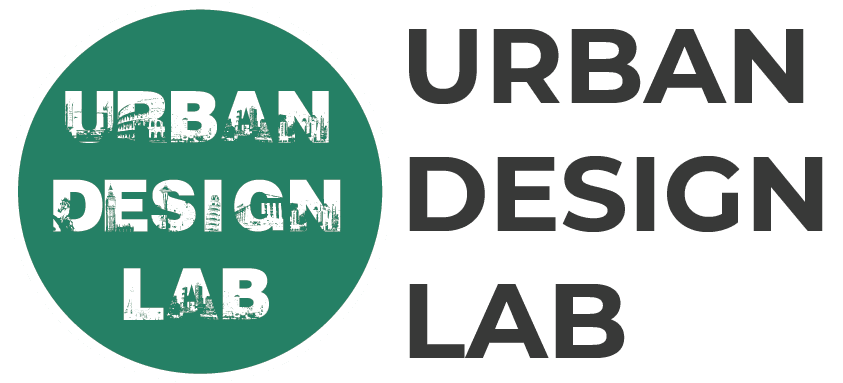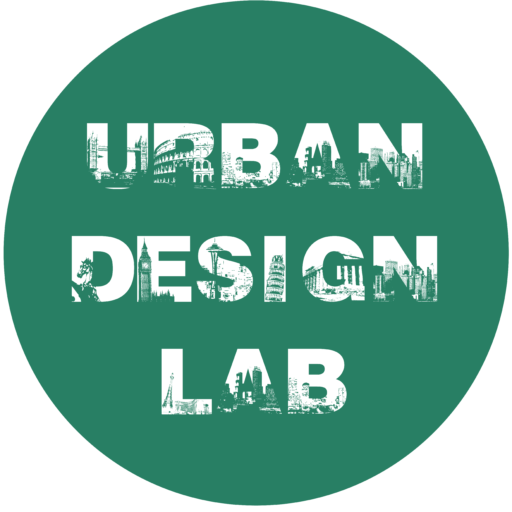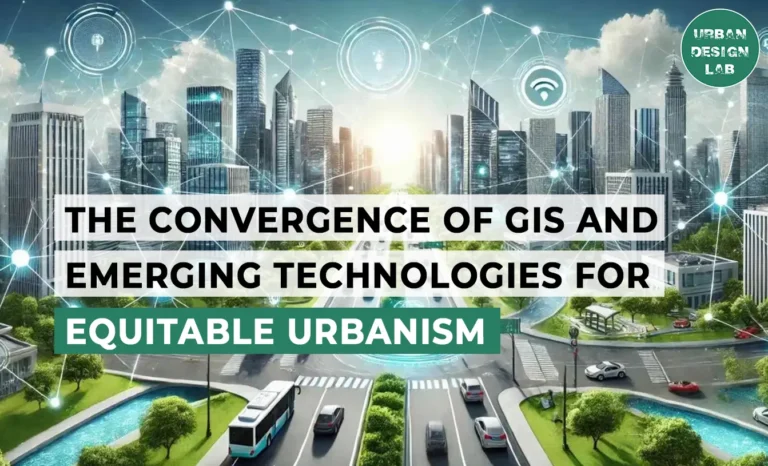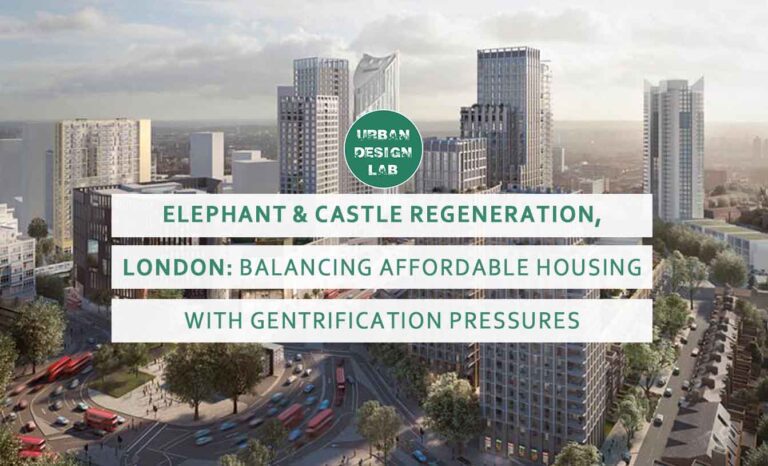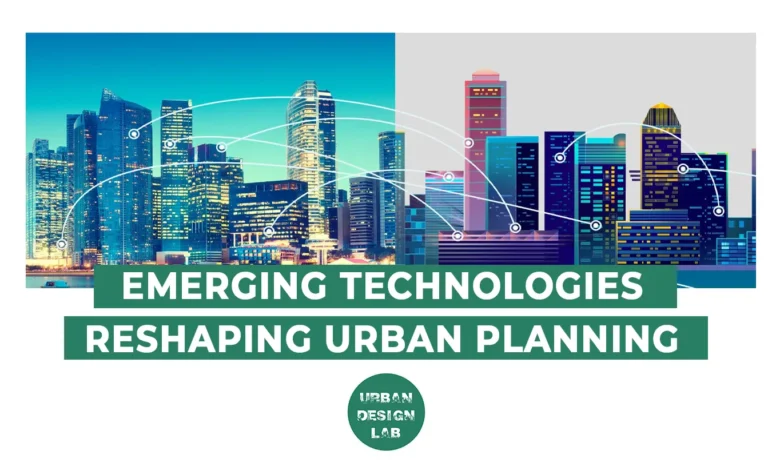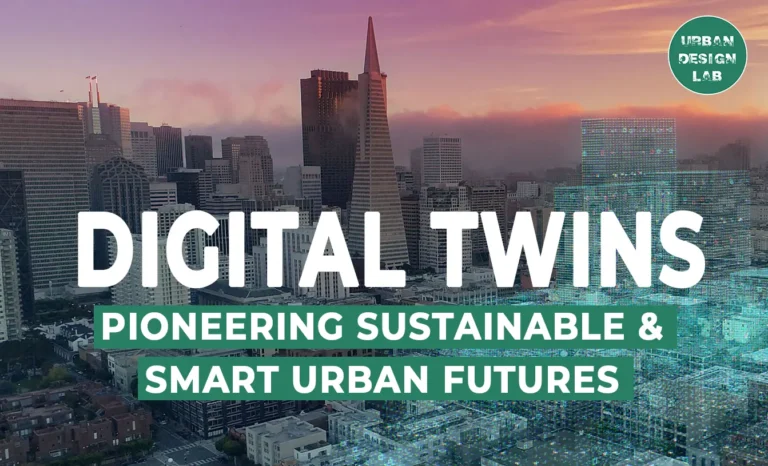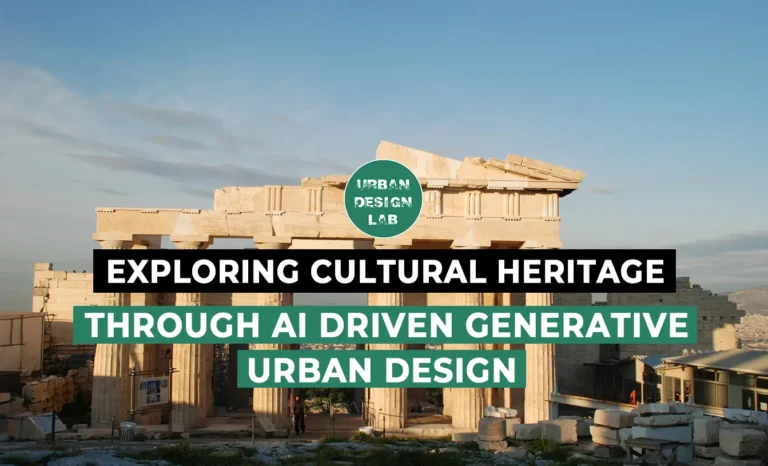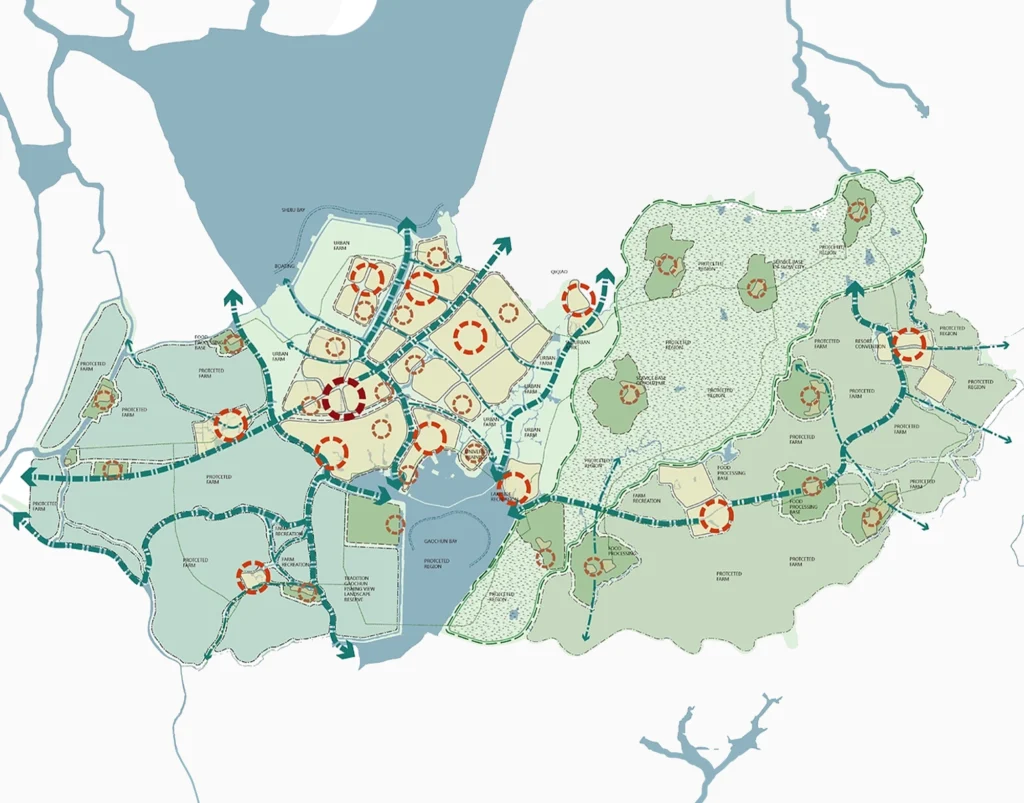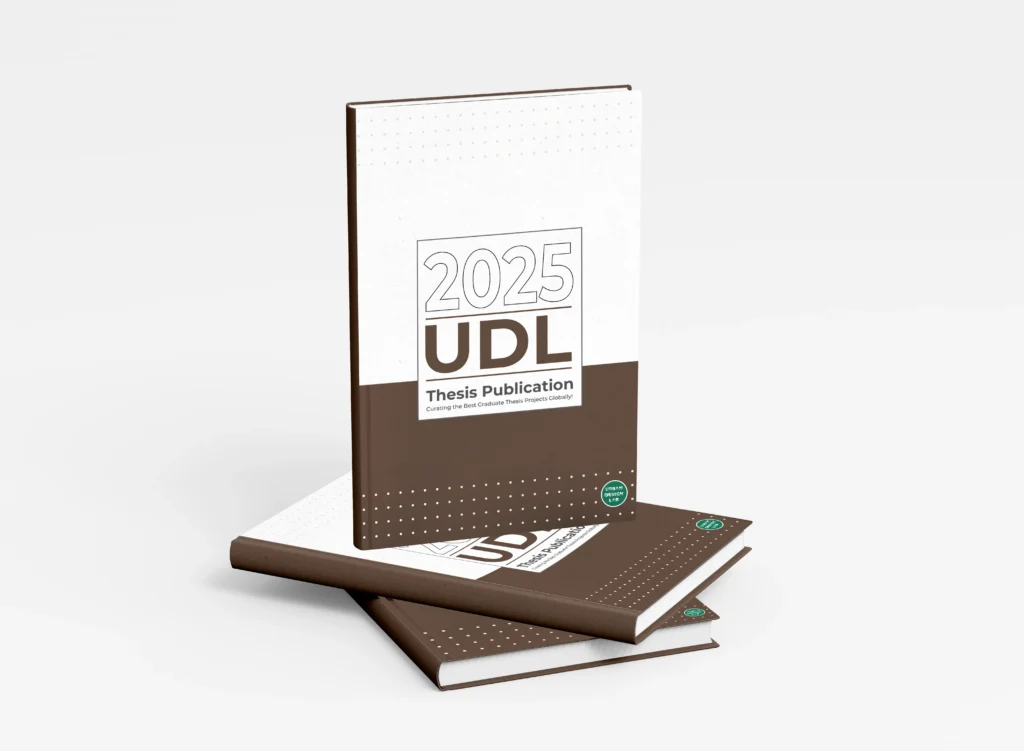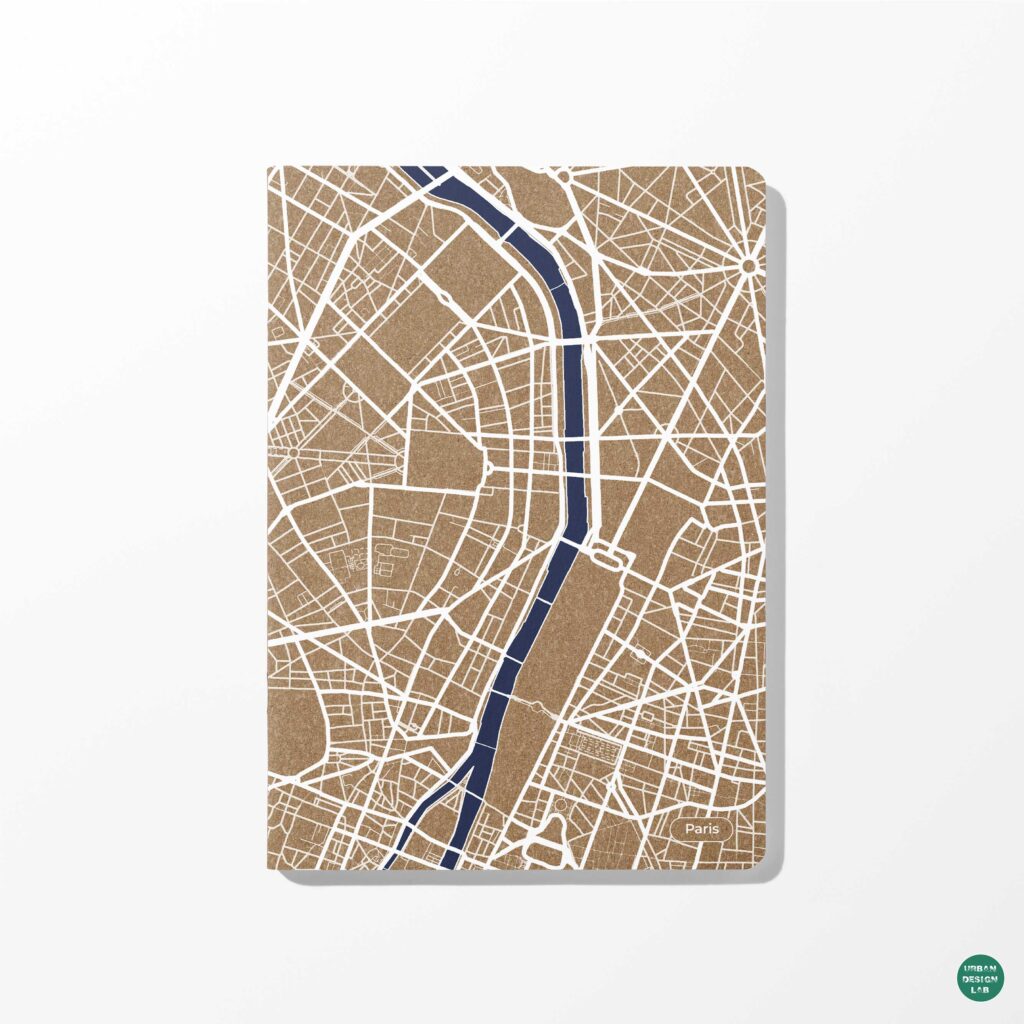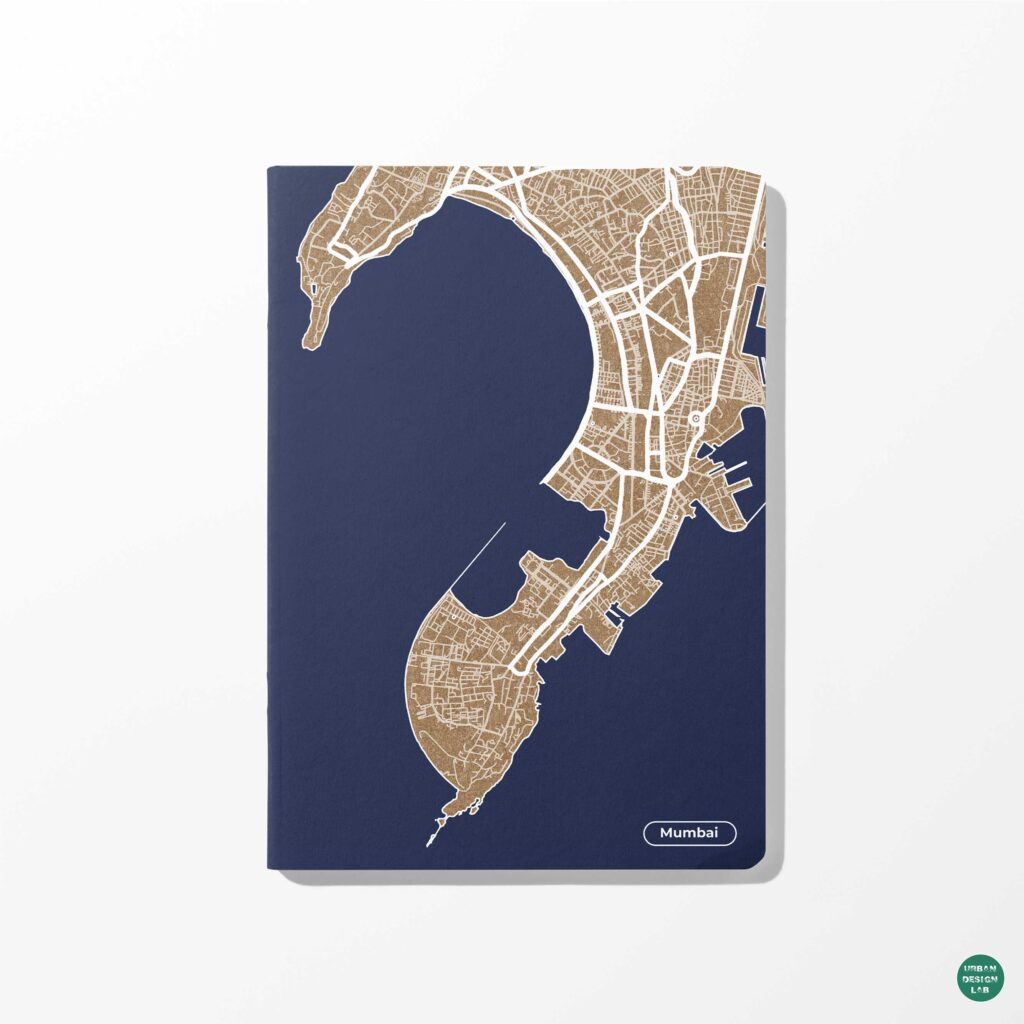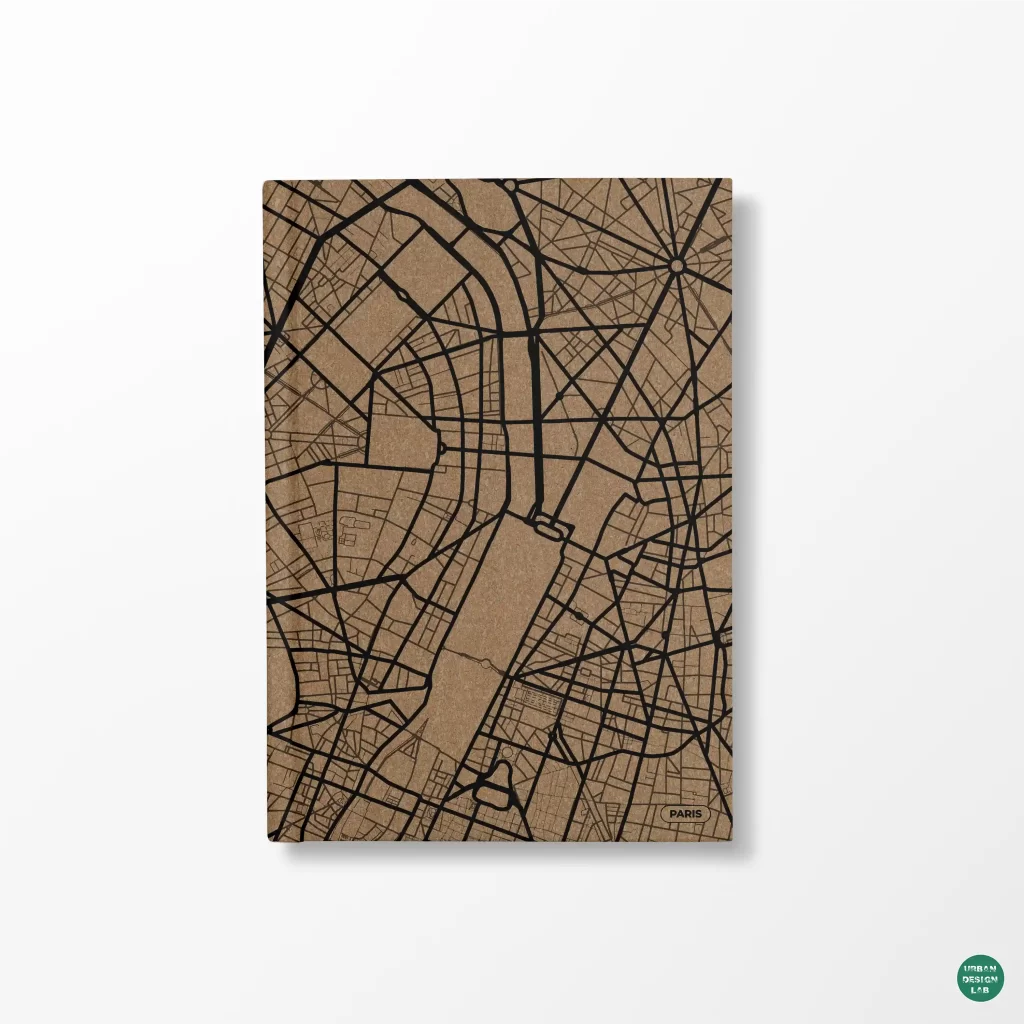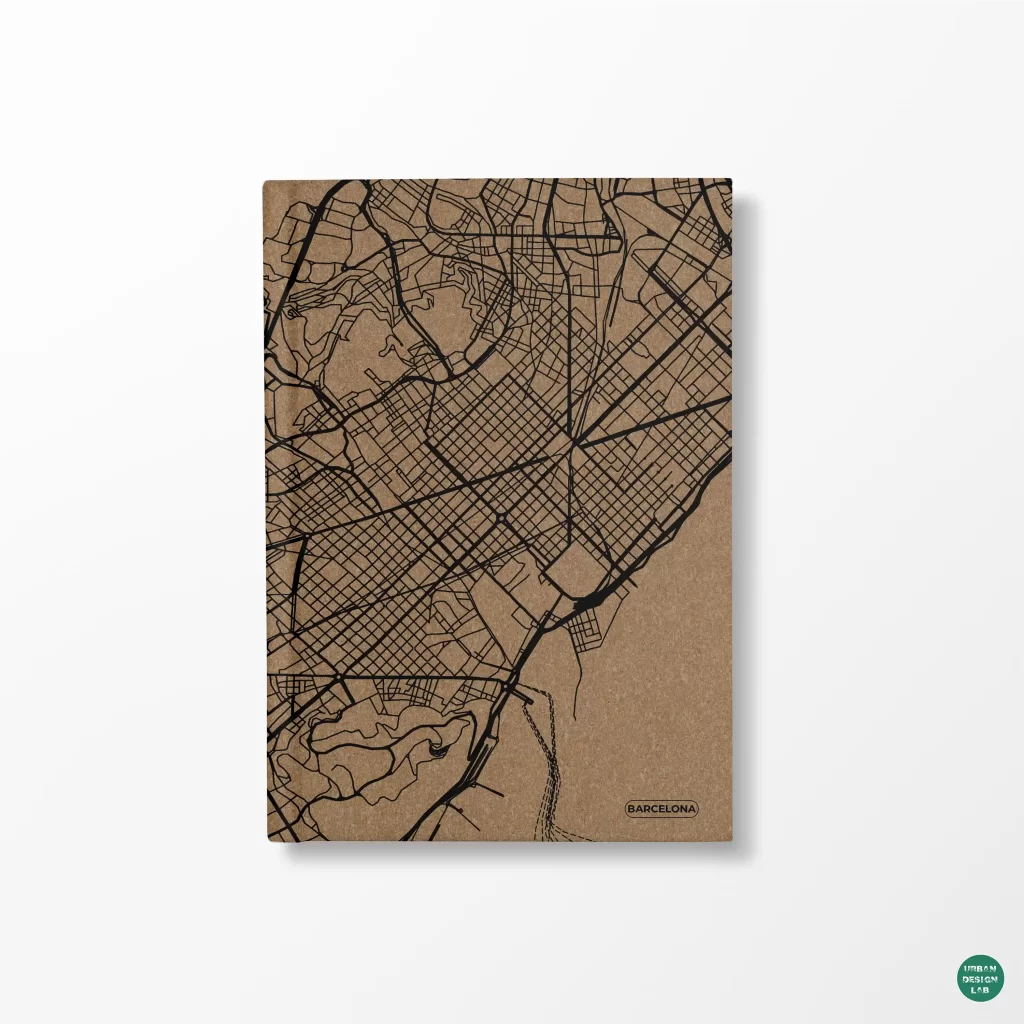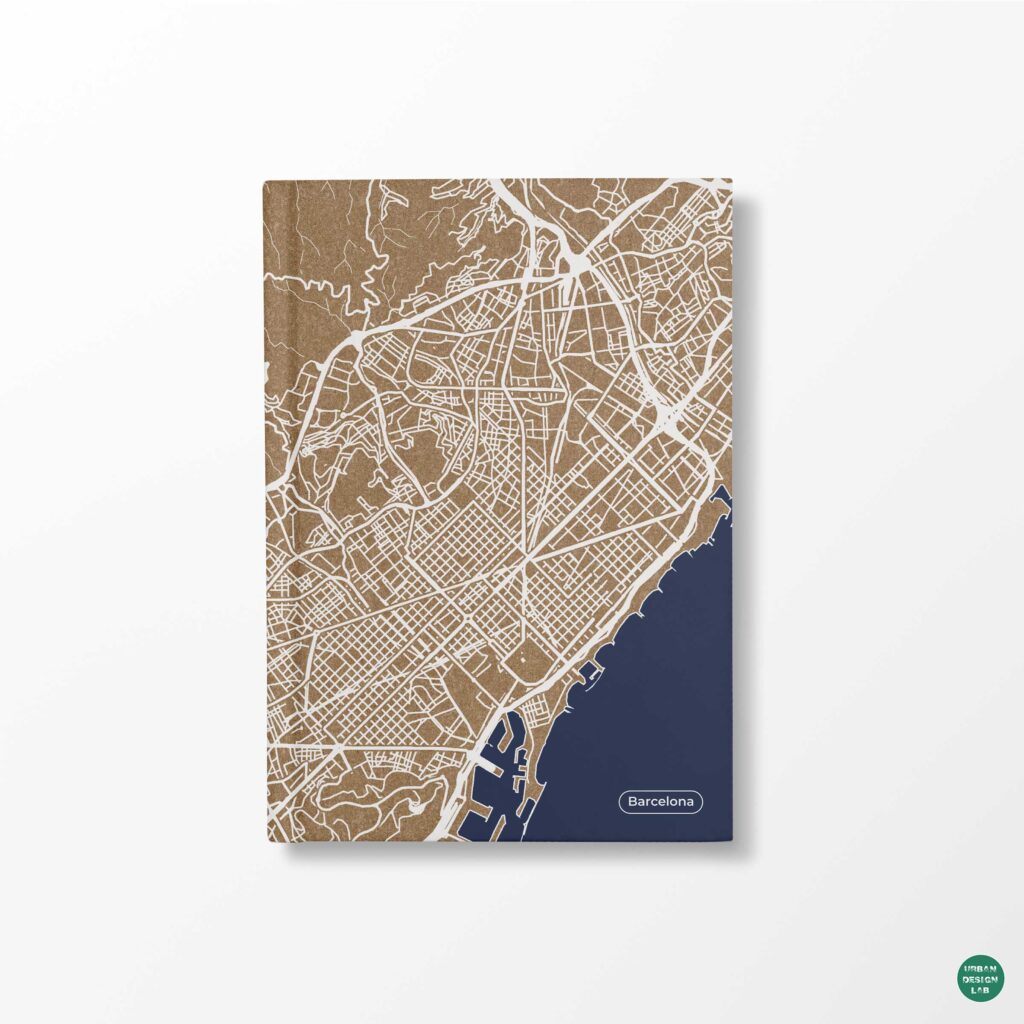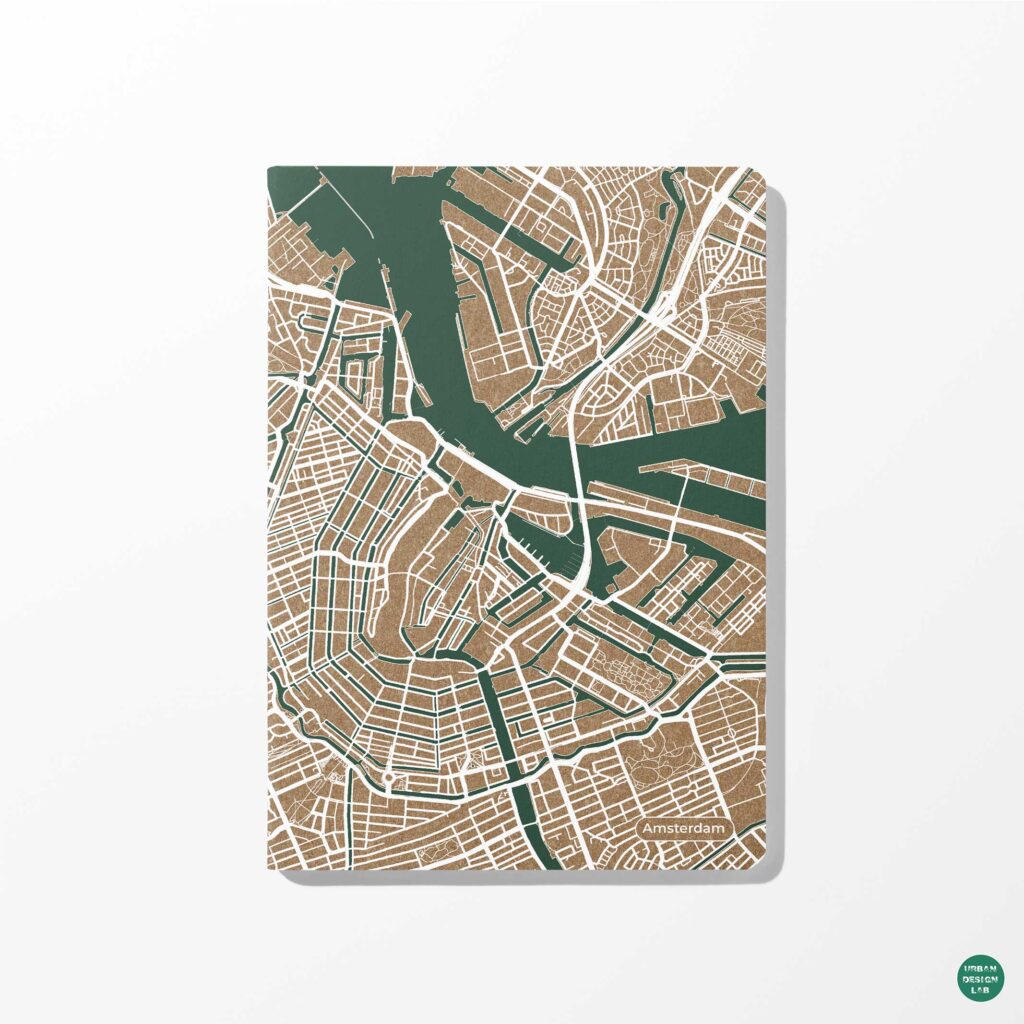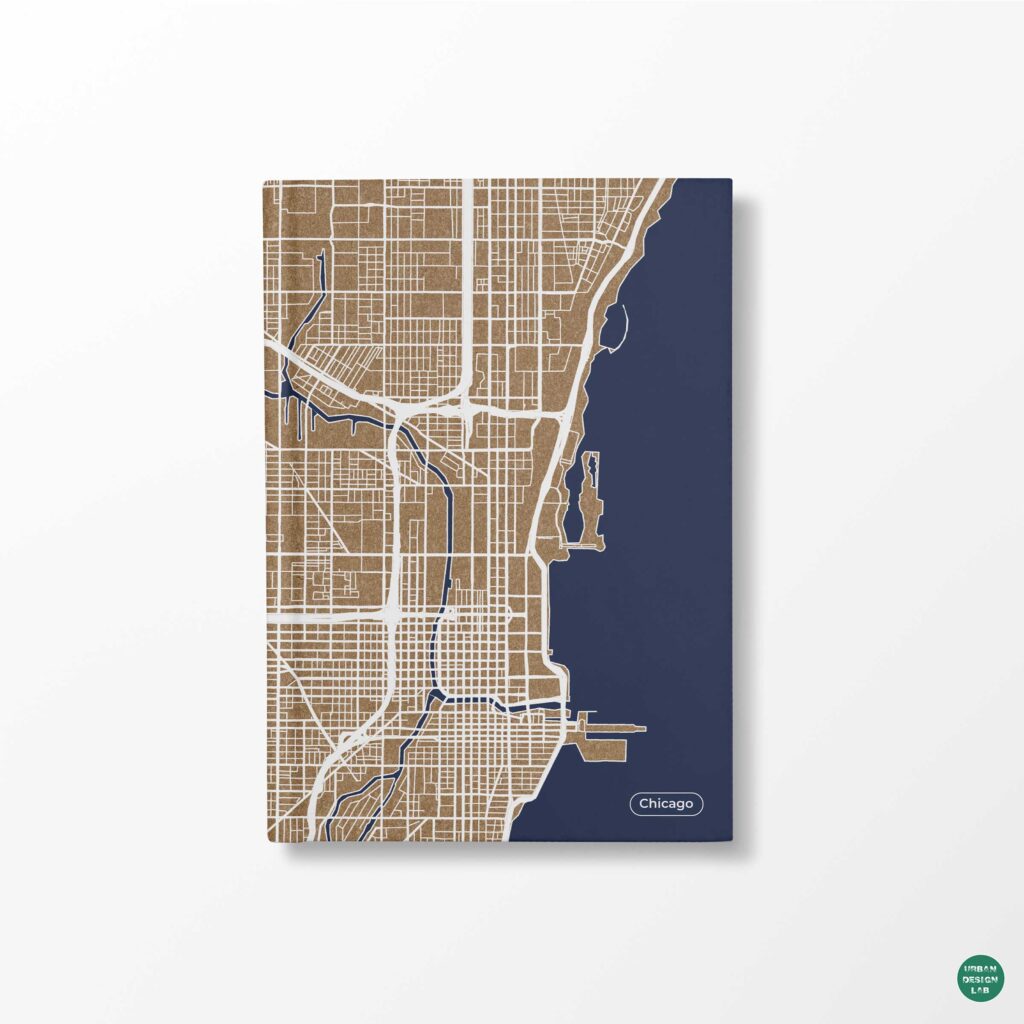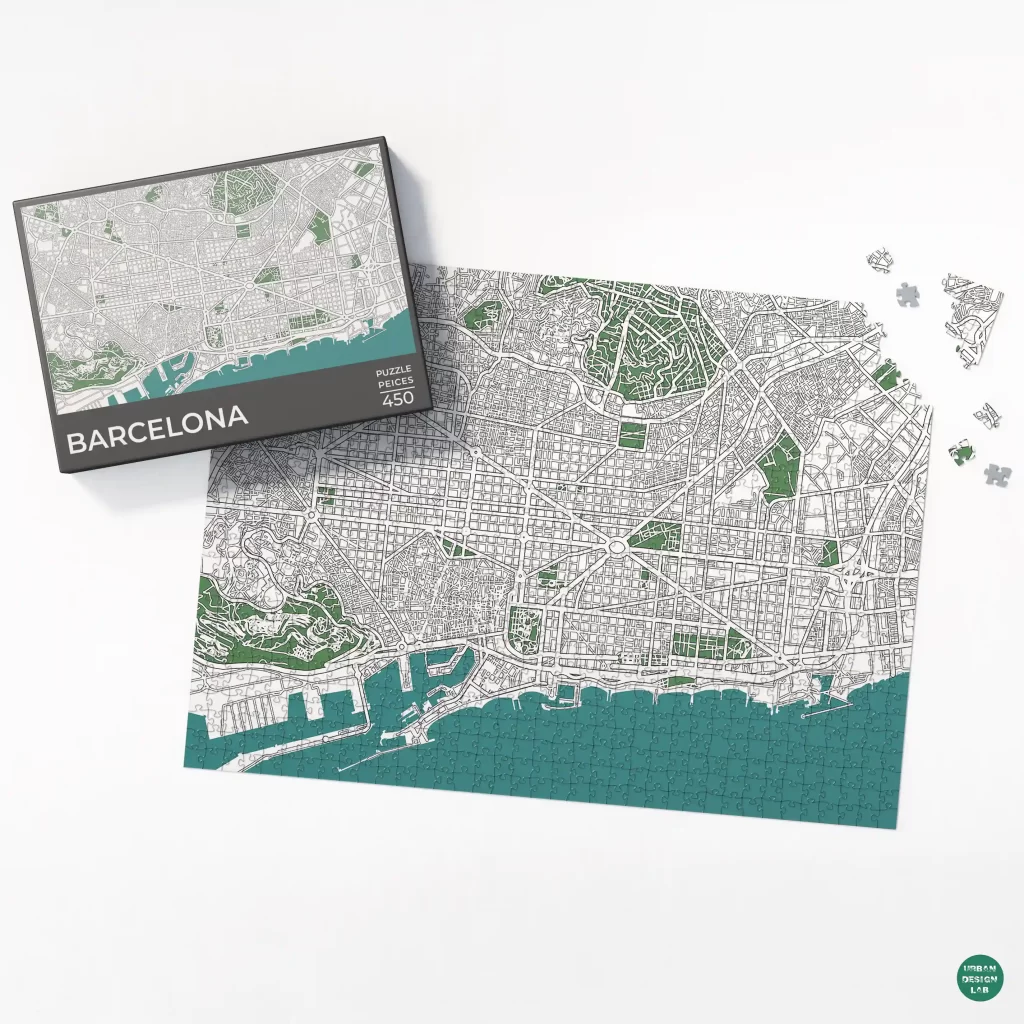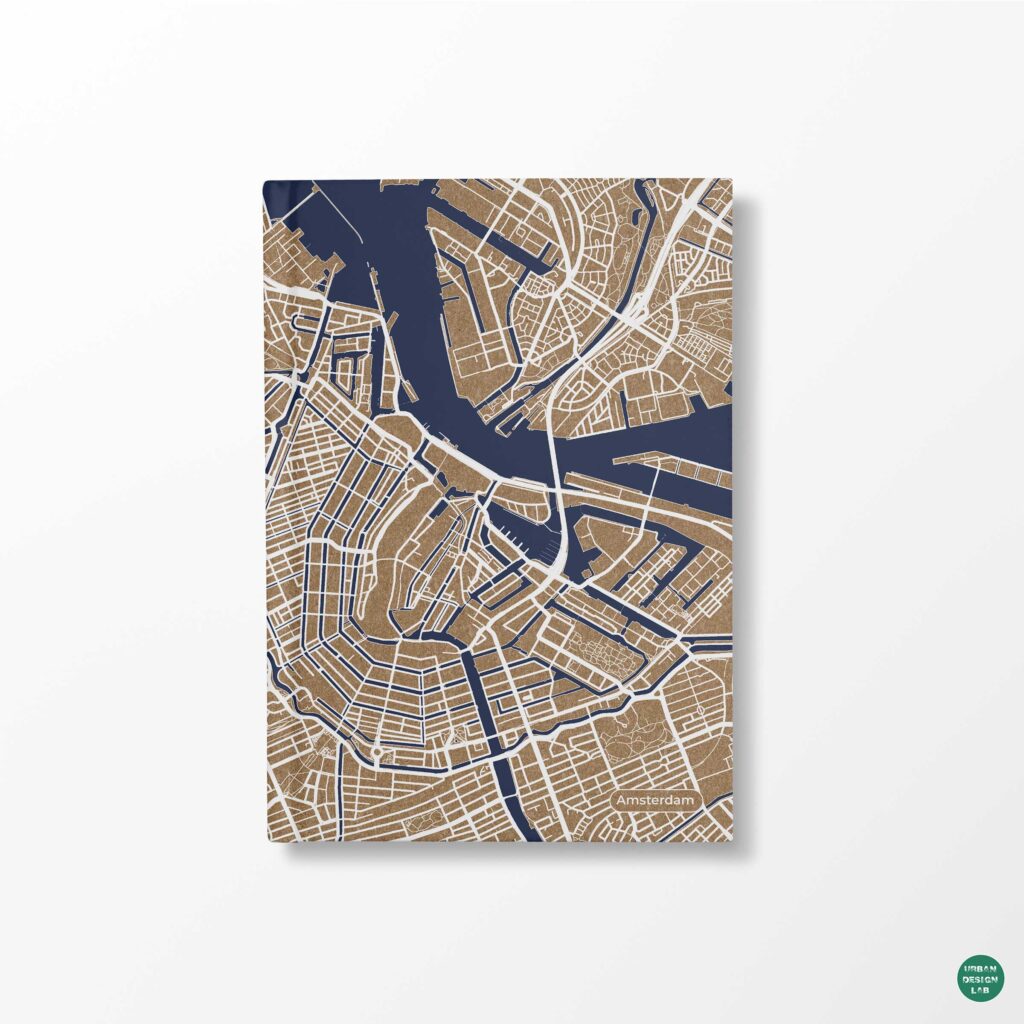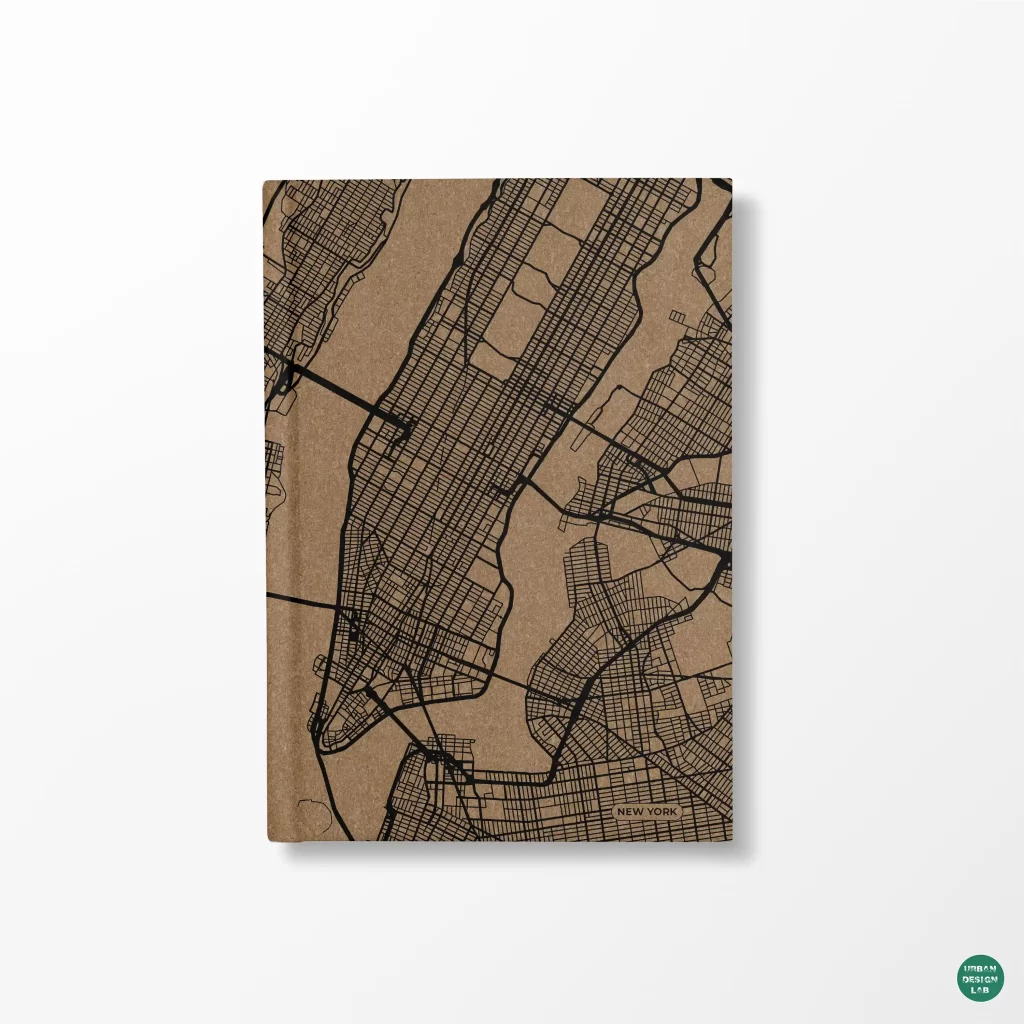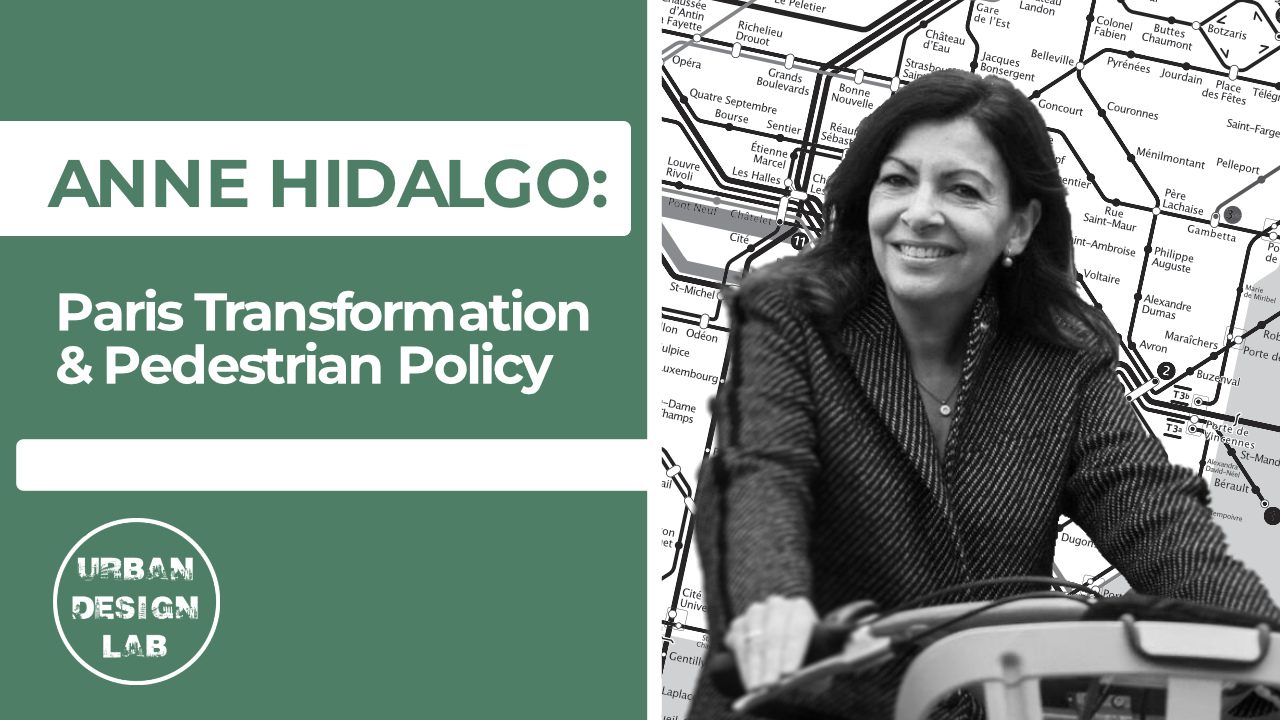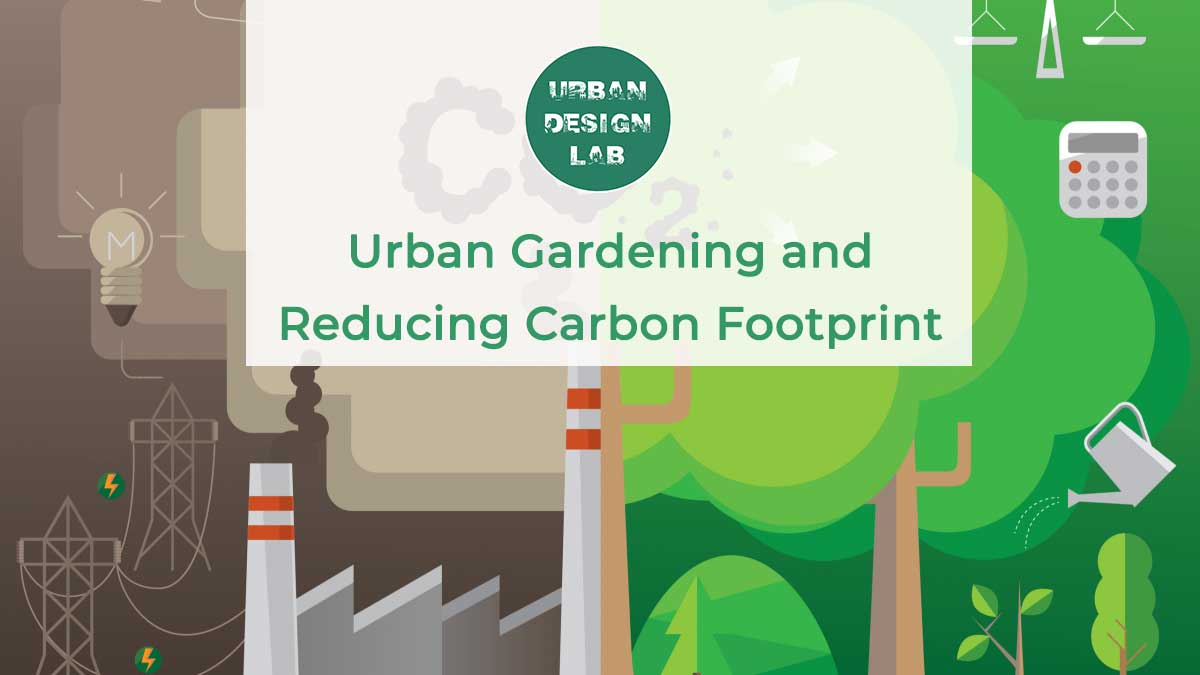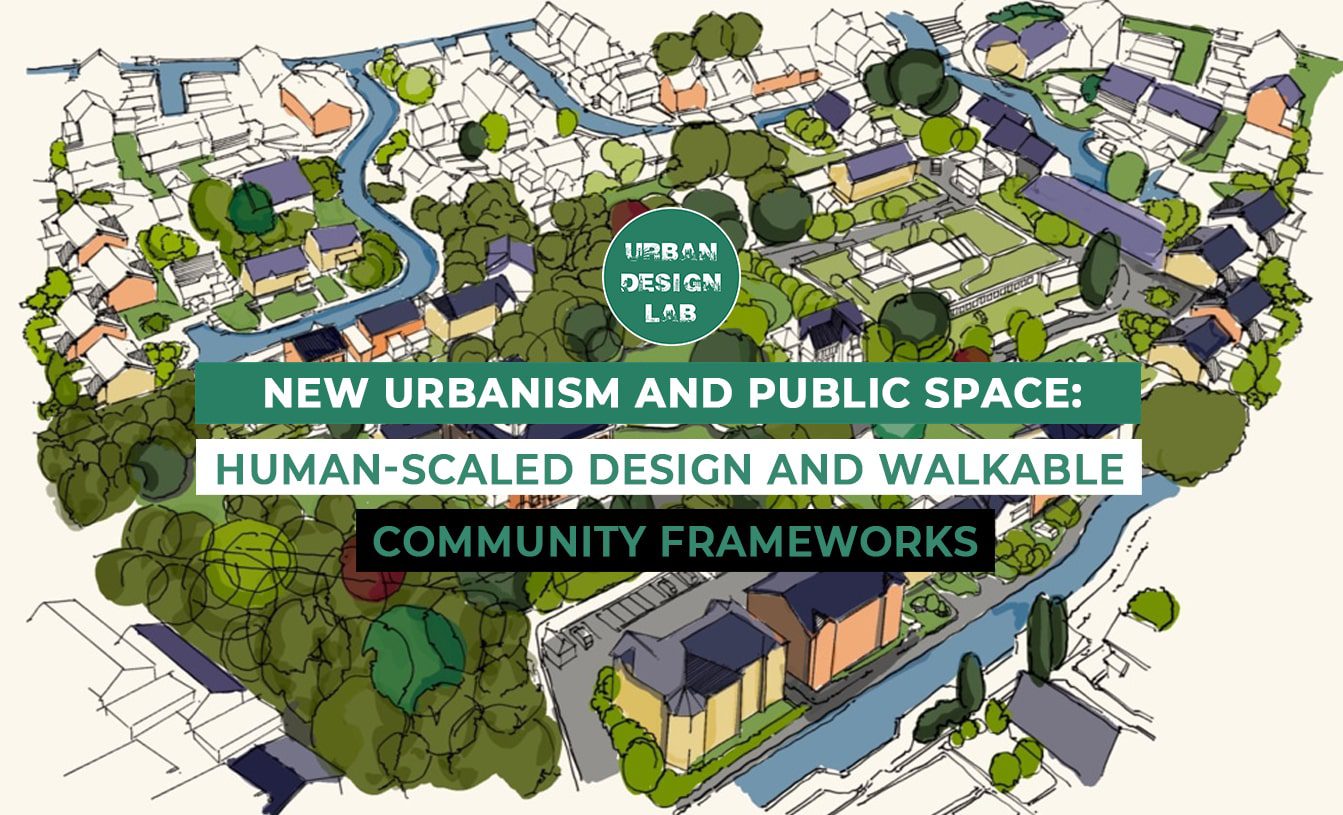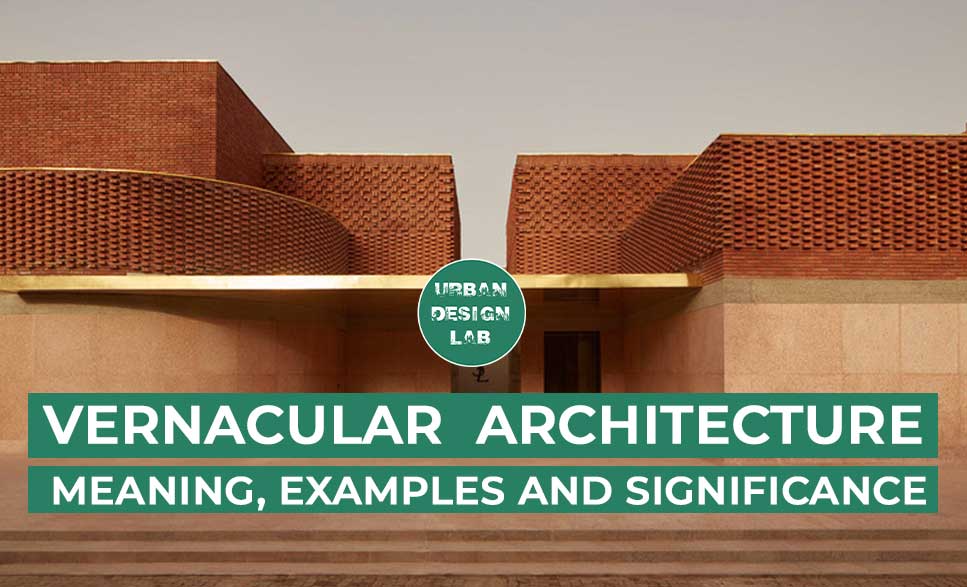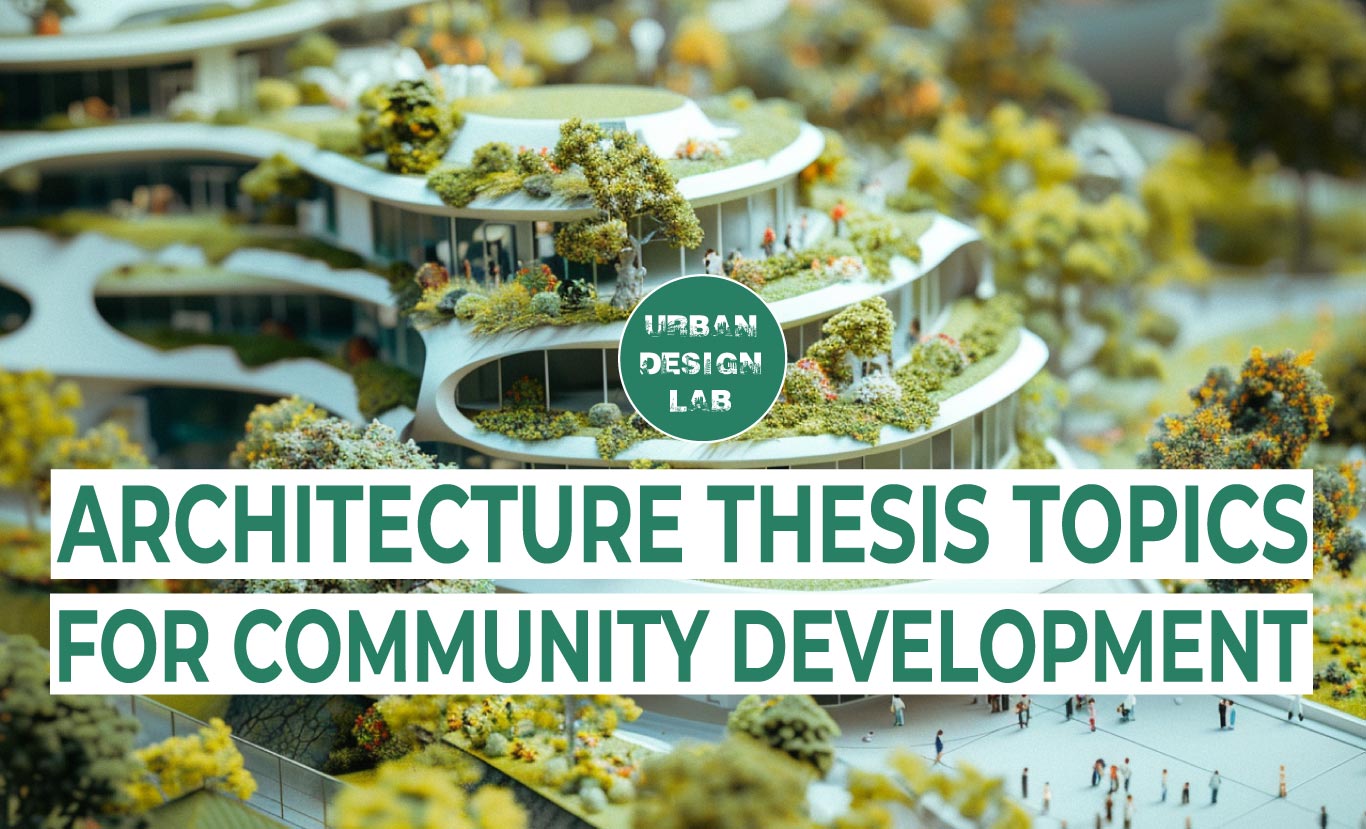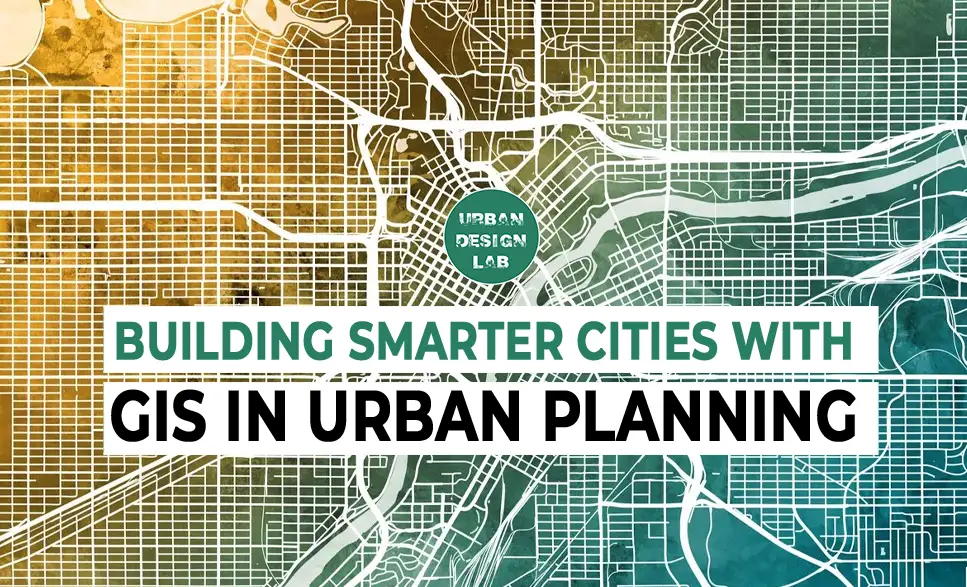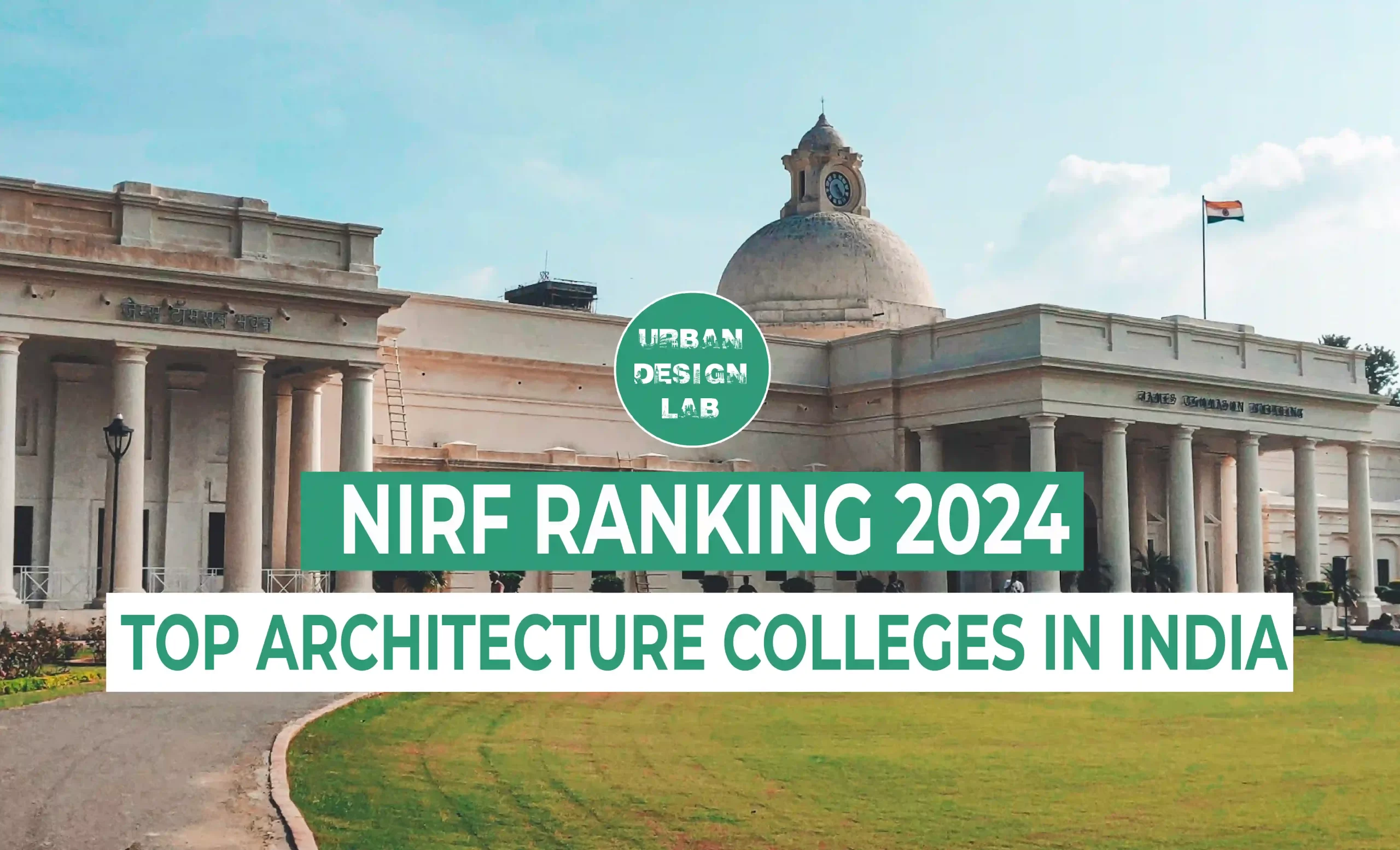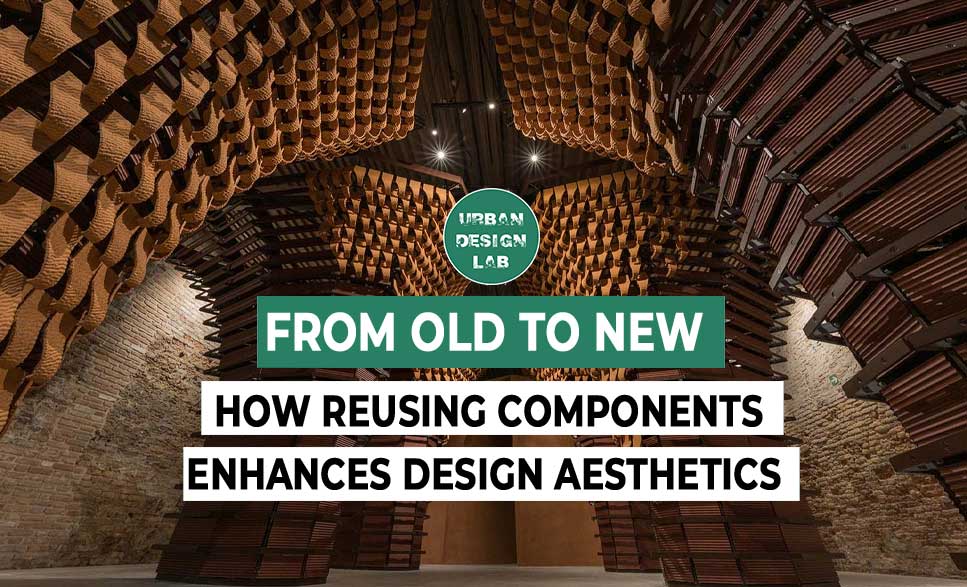
Parametric Modeling and Predictive AI for Affordable and Sustainable Housing
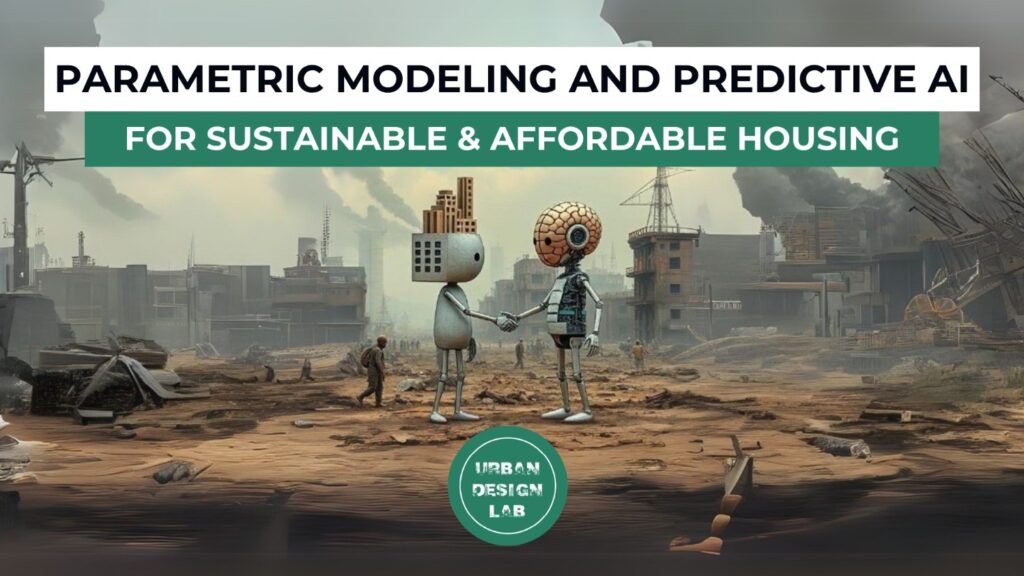
With the rise of technology, two powerful tools – Parametric Modeling and Predictive AI are revolutionizing the way sustainable and affordable housing is being designed. Through architecture, technology addresses social and environmentally causes using data driven design decisions that define and optimize the construction processes.
This article explores the different public perceptions of AI in architecture, sustainable housing, and affordable housing to better understand the integration of such tools into the housing world. There is a connection drawn between how the World Green Building Council’s five principles for affordable and sustainable housing can be achieved using a powerful toolkit combining parametric modeling and predictive AI.
These ideas are supported by real-world data from projects like The Edge Olympic Office Building in Amsterdam to Dongguan Village in China. The Phoenix in California is taken as a case study for the future of affordable and sustainable housing showing remarkable results.
What is Parametric Modeling & Predictive AI?
Imagine designing a window that automatically adjusts its size based on the orientation of the wall or intensity of sunlight it receives. This is the essence of Parametric Modeling, a way of designing buildings by using a set of variable parameters to control the design process, allowing it to cater to the specific needs of each project by changing dynamically.
Now consider Predictive AI, a type of artificial intelligence that learns from historical data, detects patterns and then forecasts future outcomes.
The two combine together, create a powerful toolkit to design affordable and sustainable housing. Together, they help to optimize use of materials, minimize wastage and molding designs to local contexts and climate conditions.
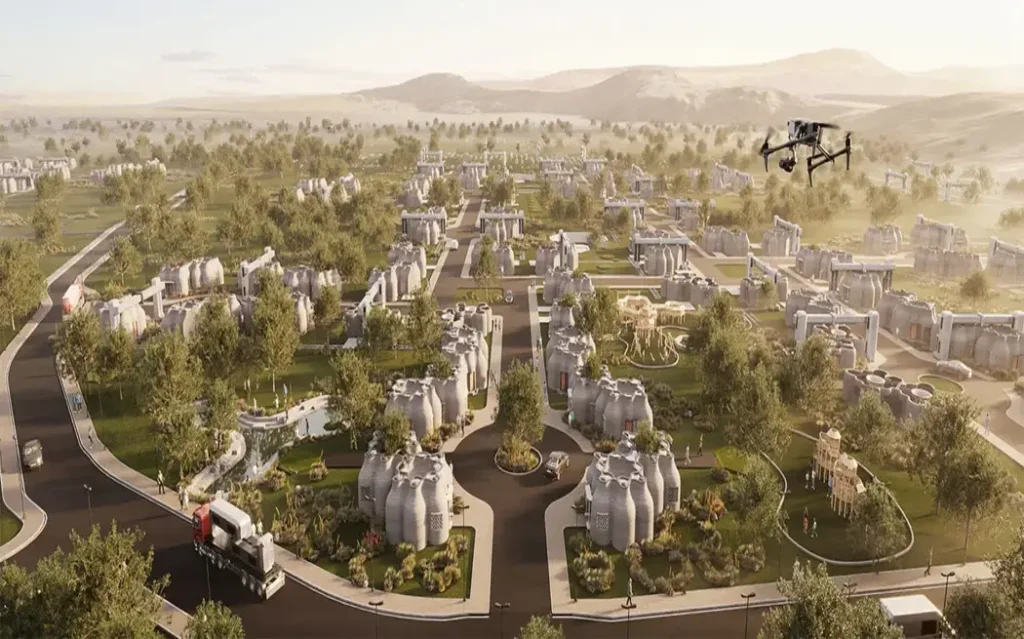
Understanding Public Perception on AI, Sustainable Living, and Housing Affordability
To better understand the role of predictive AI and parametric modeling in sustainable and affordable housing, it is crucial to analyze how each of these themes is perceived individually.
- Artificial Intelligence in Architecture – AI is often seen as a threat to architecture, largely due to its perception from the wrong lens. Many assume AI will replace design thinking and creativity. Its strength lies in data driven processes like computational design and parametric modeling.
- Sustainable Housing – According to the World Green Building Council, the public perceive sustainable housing as more expensive, difficult to resource and time intensive to deliver. In reality, sustainability isn’t about using high-tech materials, it means proper sourcing, optimizing material use, minimizing wastage and contextual design.
- Affordable Housing – Affordability is often reduced to the initial purchase or rental cost. True affordability is housing that accounts for long-term operational costs including water, energy and maintenance.

Source: Website Link
Bridging WorldGBC Principles with Parametric Modeling and AI for Affordable, Sustainable Housing
Listed below are the 5 principles of sustainable and affordable housing as stated in World GBC along with how the combination of parametric modeling and AI can assist.
- Habitability and Comfort : Simulating comfort levels as per heat, light and airflow which is used to optimize floor plan layouts, windows, shading and ventilation.
- Community and Connectivity : Predicting social interaction and accessibility based on the user group provided thus designing flexible layouts.
- Resilience and Adaptation to a Changing Climate : Using AI to forecast climate risks and benefits, accordingly optimizing forms and materials for energy efficiency.
- Resource Efficiency and Circularity : Based on climate context, sourcing and user group , AI will suggest circular material usage to lower waste and carbon impact which then parametric tools will be used to minimize wastage.
- Economic Accessibility : Estimation of energy, maintenance and building costs for the long term ensures choosing the most efficient design overall.
Parametric design and predictive AI converging can harness the best of architecture and artificial intelligence to create innovative and optimized design solutions in the world of affordable and sustainable housing.
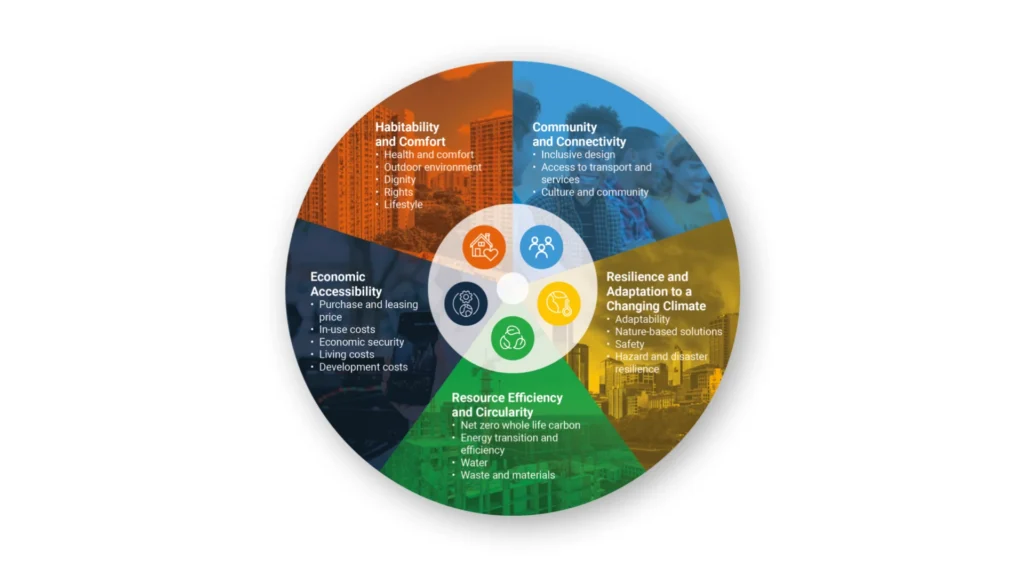
How the Technology Works Together
Parametric tools like Grasshopper or Rhino enable designers to encode variables like window size, wall height, facade patterns etc. parametrically into the software which then allows rapid generation of multiple variations of the design by changing parameters.
The structured data generated by these tools based on different metrics is then fed into AI models thus training the AI with data for predictive AI models which can learn the relationship between the inputted design parameters and their performance data outcomes.
Based on the performance of the AI model, feedback is inputted which then refines the reliability of the model as it learns from each discrepancy between the predicted result and actual performance. A combination of tools like grasshopper (parametric) + Ladybug (environmental analysis plugin) + AI are used together for optimized results.
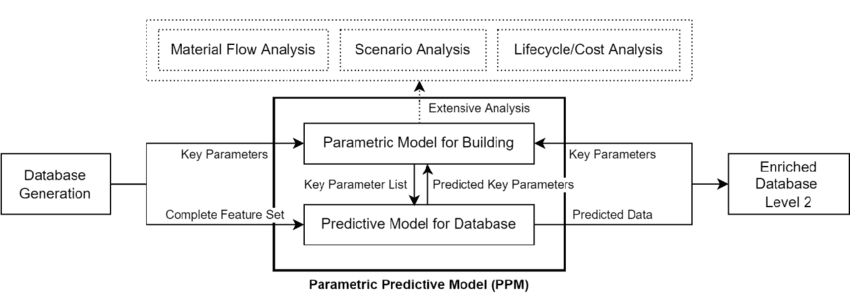
Real World Impact - The Data
Use of the power toolkit combining parametric design tools and predictive AI can reduce energy consumption by 15-30% for sustainable and affordable housing projects. Consider the Edge Olympic Office Building in Amsterdam using parametric modeling to design its form and facade to optimize energy systems resulting in near net zero status.
These technologies have also shortened design iteration cycles by up to 60% significantly speeding up the process of delivering affordable housing to meet the urgent demand for both cost effective and sustainable solutions.
By ensuring material optimization by 10-20% as seen in projects like AI-Driven Parametric Optimization in Dongquan Village, China , this approach helps minimize wastage which contributes both to unnecessary cost of materials and sustainable process of construction which can be seen in projects like the.
Although there are many examples that use the two technologies used together, the reality is that they are yet to take on the sustainable and affordable housing space.
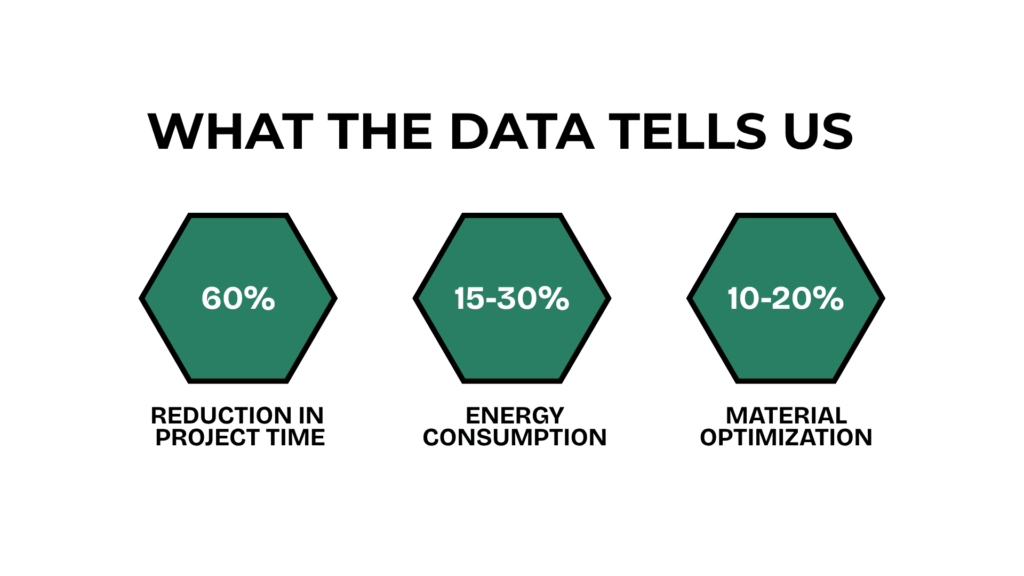
Source: author
Future of Affordable and Sustainable Housing - The Phoenix, Wet Oakland, California
A new project by MBH Architects is planned in a 5-acre patch of concrete, collaboration between multiple companies with different disciplines and expertise like modular housing, parametric architecture, bio-materials and more.
Three hundred and sixteen affordable and sustainable residences are set to be constructed with 50% reduction in cost, time and carbon footprint to the typical Bay Area residences.
- Rapid exploration of design options: Resulting in the initial design package delivered in just 6 hours instead of the standard 2 weeks time.
- Multi Metric Analysis: The impact of metrics like Site Habitability, Construction Cost, Embodied Carbon and more can be seen changing real time while moving around the massing blocks and placement of structures for every design option.
The Phoenix is the perfect example of how Parametric-AI workflows like Autodesk Forma combined with modular industrial construction can result in a large-scale project to be built in the most efficient manner.
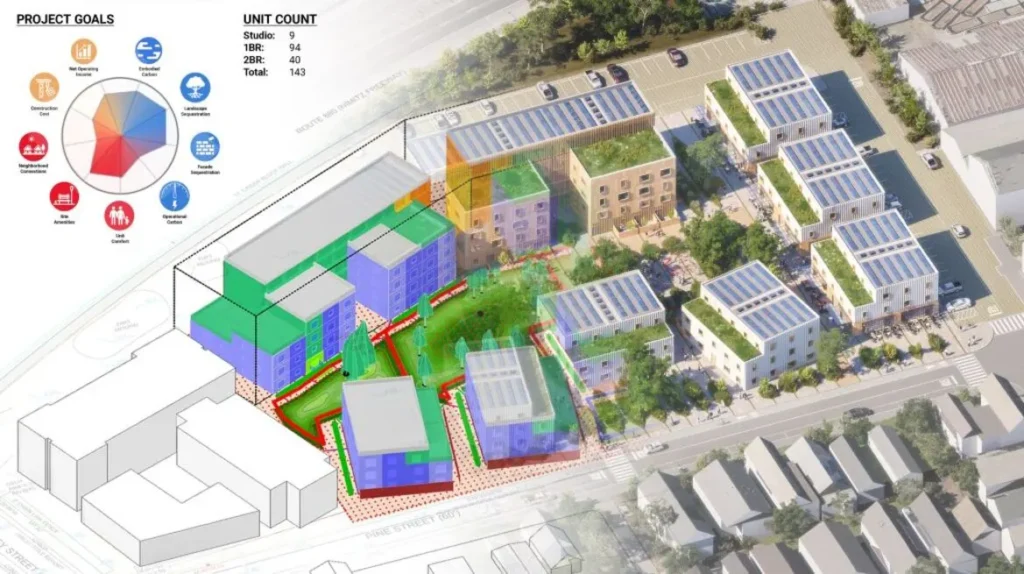
Conclusion
Conclusion
As the growing demand for sustainable and affordable housing becomes an urgency, the powerful duo of parametric modeling and predictive AI should be a top priority within the architecture industry. Technology has equipped the field with powerful tools, it is now time to fully understand, embrace and implement them to their fullest potential.
Our planet is facing critical challenges and millions live below the poverty line lacking the basic amenity of housing. By harnessing the revolutionizing potential of these tools, both environmental and social challenges can be addressed.
The future for Parametric Modeling and Predictive AI for Affordable and Sustainable Housing is destined to make significant waves in the industry, forever transforming the vision of housing.
References
- World Green Building Council. (2022). Sustainable and affordable housing. https://worldgbc.org/article/sustainable-and-affordable-housing/
- Naboni, E., & Havinga, L. (2019). Regenerative design in digital practice: A handbook for the built environment. Springer.
- Jabi, W. (2013). Parametric design for architecture. Laurence King Publishing.
- Araya, D. (2021). Augmented intelligence: The future of work and learning. Springer.
- Khan, S., & Zuo, J. (2022). The application of artificial intelligence in sustainable building design: A review. Renewable and Sustainable Energy Reviews, 156, 111972. https://doi.org/10.1016/j.rser.2021.111972
- Mazzara, M., Rossi, D., & Musto, C. (2020). Parametric design data as input for machine learning algorithms: A review. Journal of Architectural Computing, 18(4), 271–289. https://doi.org/10.1177/1478077120920123
- Fu, Y., Zuo, J., Zhao, Z.-Y., & Chen, X. (2022). Integrating machine learning and parametric modeling to optimize building energy performance. Energy and Buildings, 256, Article 111666. https://doi.org/10.1016/j.enbuild.2021.111666
- Joshi, P. (2024). Parametric design and AI in architectural planning. Recent Trends in Civil Engineering and Architectural Planning, 3(2), 88–95. MANTECH Publications.
- Benjamin, D. (2023, November 13). Autodesk-led collaboration brings AI-powered, climate-friendly solution to affordable housing. Autodesk News. Retrieved June 18, 2025, from https://adsknews.autodesk.com/en/news/ai-powered-sustainable-housing-phoenix/

Shubhangi Sharma
About the author
Shubhangi Sharma is a curious emerging researcher with a focus on sustainable development, spatial justice and everyday life of cities. With a background in architecture her work is grounded in real-world challenges and driven by a belief that design can and should do more.
Related articles
UDL Illustrator
Masterclass
Visualising Urban and Architecture Diagrams
Session Dates
17th-18th January 2026

Urban Design Lab
Be the part of our Network
Stay updated on workshops, design tools, and calls for collaboration
Curating the best graduate thesis project globally!

Free E-Book
From thesis to Portfolio
A Guide to Convert Academic Work into a Professional Portfolio”
Recent Posts
- Article Posted:
- Article Posted:
- Article Posted:
- Article Posted:
- Article Posted:
- Article Posted:
- Article Posted:
- Article Posted:
- Article Posted:
- Article Posted:
Sign up for our Newsletter
“Let’s explore the new avenues of Urban environment together “
